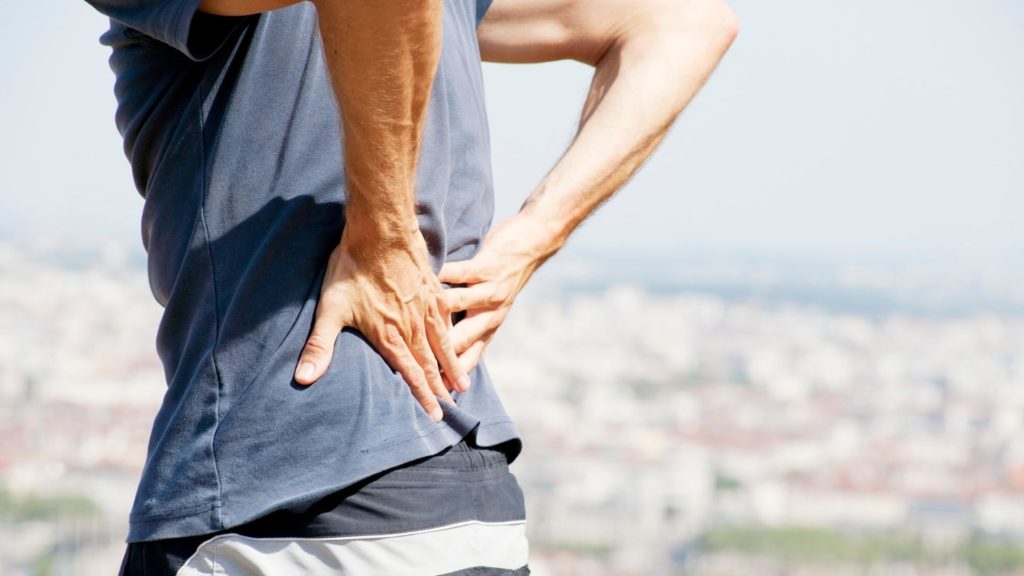
3 Exercises To Help Strengthen And Heal Lower Back
These three are great examples of the principles of back pain recovery displayed in the form of an exercise. Understanding the properties of each of these exercises as well as how and when they’re employed on the Back In Shape journey will help you better appreciate the process.
We start off with the towel which is working to place the spine in the neutral and natural position. This position also provides a little balanced elongation of the entire spine to unload the lumbar discs. Understanding that the main role of the spine, aside from the protection of the spinal cord, is to weight bear is vital. It fails in weight bearing and unloading the spine during these times is helpful.
You’ll also frequently find that during back pain the tendency to lean forwards slightly and round the lower back can be common. This unfortunately has many triggers but the outcome is that it moves your back further from this ideal position and is not helpful for good healing. The towel exercise again provides a gentle means of moving your back into the natural position.
If you’d injured your finger, you’d always want to hold it in its natural position so it can heal with balance, not with it tilted off to one side or the other, or completely closed – we find the same works with the spine!
The next step is to focus on spine stability and maintaining this neutral position discussed earlier whilst being challenged by limb movements – off weight bearing. Learning to stabilise your spine this way is the safest way and allows you to focus more on the leg movement and the core stabilisation of your spine, rather than having to also negotiate gravity, balance and whole body movement.
This way we have the safest possible environment in which to learn what it is to stabilise the spine against outside influences.
Finally we take this concept of dynamic stability and apply it with gravity, balance and bodily movements. At this point activities become more reminiscent of daily living activities. Your core and postural muscles need to work in tandem with one another to maintain a stable trunk, balancing the large torso above, and integrating with the strong lower body muscles below as they exert their force on the pelvic girdle.
At this point you’re rehabilitation is has moved from ground based foundations, to load bearing, life-applicable exercises that will build your resilience for the long term, making you more robust and able to deal successfully with the stresses of movement in the real world without buckling under the pressure.
From here, you will need to work with resistances to build continuously. The stronger you can make your body in this domain, the less likely you are to be faced with challenges your body cannot tolerate.







